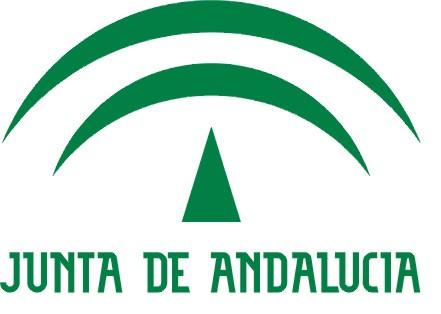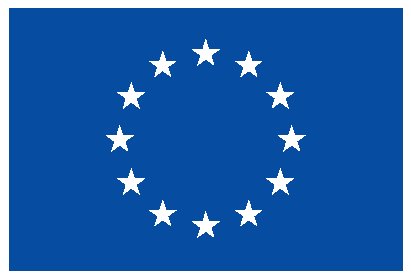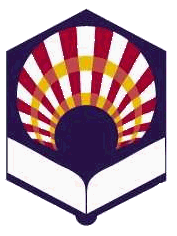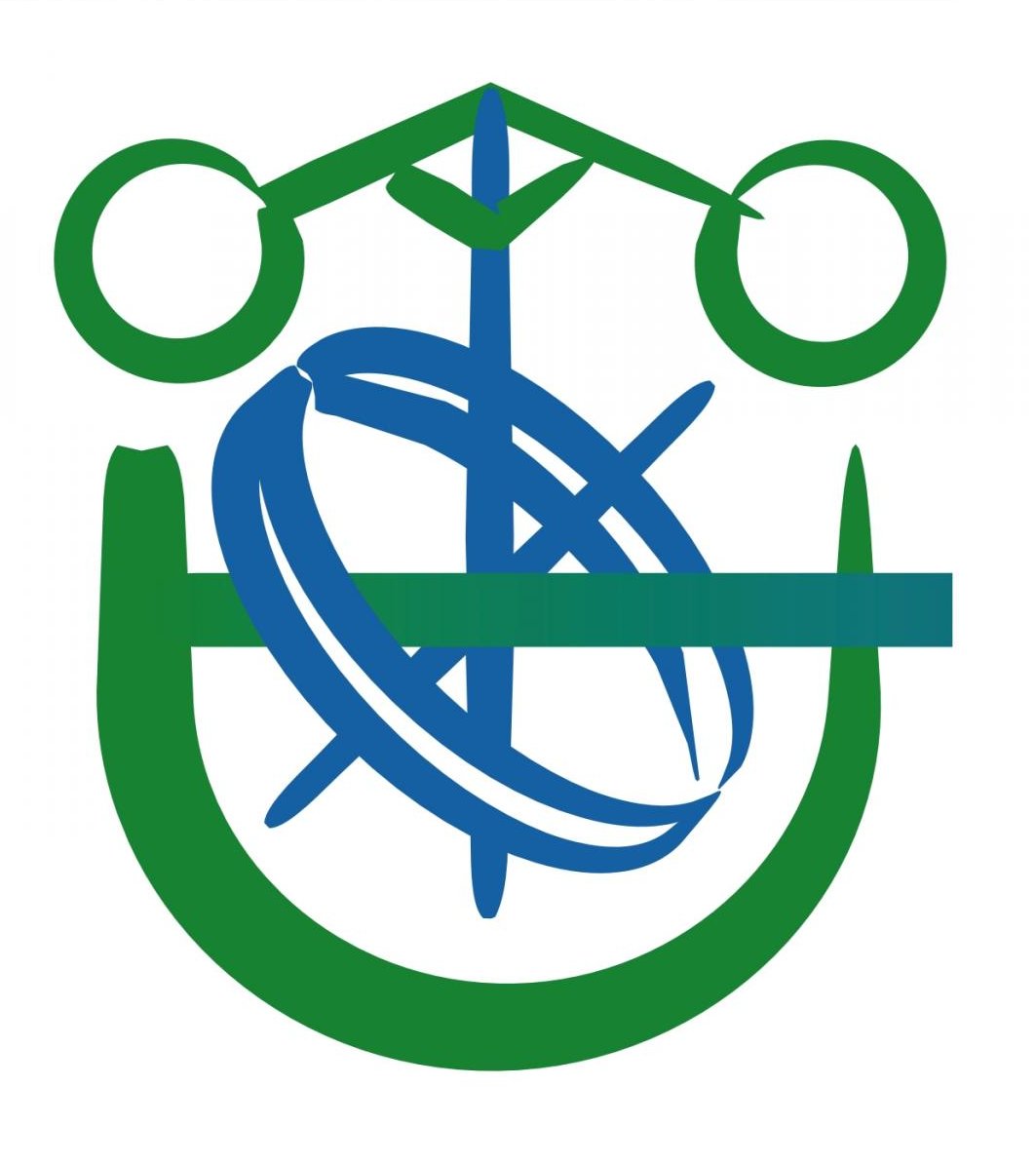Machine Learning paradigms for Weed Mapping via Unmanned Aerial Vehicles
Hits: 4183
- Áreas de investigación:
- Año:
- 2016
- Tipo de publicación:
- Artículo en conferencia
- Autores:
-
- Pérez-Ortiz, María
- Gutiérrez, Pedro Antonio
- Peña, J. M.
- Torres-Sánchez, J.
- López-Granados, F.
- Hervás-Martínez, C.
- Título del libro:
- 2016 IEEE Symposium Series on Computational Intelligence (IEEE SSCI 2016)
- Páginas:
- 1-8
- Organización:
- Athens, Greece
- Mes:
- 6th-9th December
- ISBN:
- 978-1-5090-4241-8
- BibTex:
- Abstract:
- This paper presents a complete system for weed mapping, using imagery provided by unmanned aerial vehicles (UAVs) and machine learning methods. Weed control in precision agriculture designs site-specific control treatments based on weed coverage, where the key is to provide precise weed maps timely. Traditional remote platforms, such as piloted planes and satellites, are, however, not suitable for early weed mapping, given their low spatial and temporal resolutions, as opposed to the ultra-high spatial resolution provided by UAVs. The system here proposed makes use of UAV-imagery and is based on the following steps: 1) Divide the image, 2) compute and binarise the vegetation indexes, 3) detect crop rows, 4) optimise the parameters and 4) learn a classification model. Given that crops are organised in rows, the use of crop rows simplifies the separation between weeds and crops, which is a common handicap given the spectral similitude of both. Different machine learning paradigms are compared in this paper to identify the best suited strategy, including unsupervised, supervised and semi-supervised techniques. Our experiments also study the effect of the flight altitude, the sensor used and the use of previously trained models at a different height. Our results show that 1) very promising performance can be obtained using very few labelled data (although complemented with unlabelled data via the semi-supervised approach) and 2) that the classification model can be learnt in a subplot of the experimental field at low altitude and then applied to the whole field at a higher height, which simplifies the whole process. These results motivate the use of this strategy to design site-specific weed control strategies for early post-emergence weed control.







